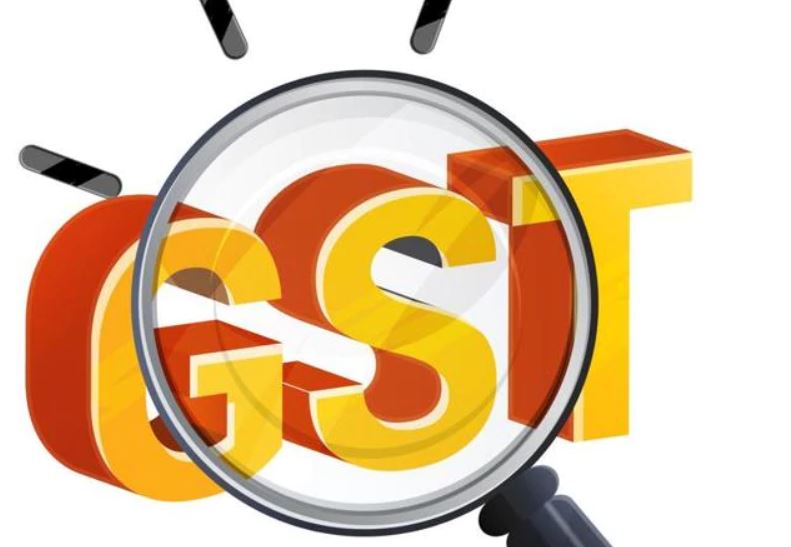GST is a form of Valued Added Tax which has been implemented at the national level and is a form of indirect tax which has been levied on sale, manufacture and consumption of goods and services. It has already replaced all forms of indirect taxes on goods and services by both Central as well as State government. Considered as the biggest tax reform in the country and being touted as an improvement in India’s tax structure since the economy opened up some twenty five years ago, it is yet to be seen how far the GST can improve the economy as a whole. The GST calculator can be used by businessmen to find out how this would be affecting their business.
Till now, the power of indirect taxation was with both the state as well as the Center and there were areas that were exclusive to both. The problem with the conventional form of taxation was that the consumers had to pay taxes on both ends- one kind of tax, commonly known as the Factor Gate tax when the production started, and by the time it reached the end user, VAT had to be paid on it as well, which was the tax on consumption. The two taxes together also tended to increase the price of the final product as well as made calculations difficult. GST aims to remove this discrepancy and now if a particular tax is added, the percentage would include both the Center as well as State taxes. Tax barriers have been removed from the states as well which prevents the users from having to pay tax on taxes as the goods move between states. A GST calculator can be used to understand the exact percentage.
There had been some confusion regarding the pricing of certain products after the implementation of GST. Certain commodities will not be taxed at all and the primary tax slabs have been introduced for certain items. The lowest rate of GST is 5% and then it gradually goes up to 12%, 18% and 28% for the luxury products. Gold jewelry would be taxed at a concessional rate of 3% and uncut diamonds would attract 0.25%. Items of basic necessities got cheaper like unpacked food grains, unbranded maida and atta, besan, fruits, fresh vegetables, salt, food at small restaurant, ketchup, cutlery, sauces and pickles and the like. Footwear and apparel got cheaper and economy class travel, bikes and scooters also got cheaper.
Mostly branded items and packaged items have become more expensive and fine dining experiences and stays in five star hotels have also become more expensive. Palmyra jaggery, hulled cereal grains, unbranded and unpackaged tea and coffee, vegetable oil, children’s picture, drawing or colouring books also got cheaper.
5% taxes would be levied on items like cashew nut, raisin, biogas, insulin, agarbatti, kites, coir mats, matting and floor covering, postage or revenue stamps, hearing aids, fish fillet, apparel below Rs 1,000, packaged food items, footwear below Rs 500, cream, skimmed milk powder, branded paneer etc.
12% taxes would be imposed on items like diagnostic kits and reagents, exercise books and notebooks, glasses for corrective spectacles, spoons, forks, fish knives, tongs, fixed speed diesel engines, two-way radio (walkie-talkie) used by defence, police and paramilitary forces etc., corrective spectacles, intraocular lens, playing cards etc.
18% taxes would be imposed on items like Aluminium foil, curry paste; mayonnaise and salad dressings; mixed condiments and mixed seasonings, kajal pencil sticks, dental wax, school bags (other than leather or composition leather), precast concrete pipes etc.
28% taxes would be imposed on items like Alcohol, bidis, cigarettes, cigars, chewing gum, molasses, chocolate not containing cocoa, waffles and wafers coated with chocolate, pan masala, aerated water, paint, deodorants, shaving creams, after shave, hair shampoo etc.
This article does not necessarily reflect the opinions of the editors or management of EconoTimes.



 Bank of America Investment Bankers Set for 10% Bonus Increase in 2024
Bank of America Investment Bankers Set for 10% Bonus Increase in 2024  Biden Administration Pauses Enforcement of Nippon Steel’s Bid for U.S. Steel
Biden Administration Pauses Enforcement of Nippon Steel’s Bid for U.S. Steel  Elevated Stock Valuations and Rising Treasury Yields Pose Risks to US Equities
Elevated Stock Valuations and Rising Treasury Yields Pose Risks to US Equities  Bank of America Signals End to Fed Rate Cuts Amid Robust Job Market
Bank of America Signals End to Fed Rate Cuts Amid Robust Job Market  Microsoft Shareholders Reject Bitcoin Proposal, Sparking Debate on Crypto Investments
Microsoft Shareholders Reject Bitcoin Proposal, Sparking Debate on Crypto Investments  EU Probes Musk's X Over Talk With AfD Leader Amid Election Concerns
EU Probes Musk's X Over Talk With AfD Leader Amid Election Concerns  Texas Judge Rules American Airlines Breached Duty in Retirement Plan Investments
Texas Judge Rules American Airlines Breached Duty in Retirement Plan Investments  Apple Opposes Shareholder Proposal to End DEI Programs
Apple Opposes Shareholder Proposal to End DEI Programs  Missing Black Box Data Deepens Mystery of Jeju Air Crash
Missing Black Box Data Deepens Mystery of Jeju Air Crash  Optimistic Outlook for Chipmakers in 2025 Driven by AI Demand
Optimistic Outlook for Chipmakers in 2025 Driven by AI Demand  Commodities Set for Recovery in 2025 Amid Improved Economic Outlook
Commodities Set for Recovery in 2025 Amid Improved Economic Outlook  Autonomous Vehicles: The Next Technological Revolution
Autonomous Vehicles: The Next Technological Revolution  Tesla Unveils Redesigned Model Y in China to Compete in Crowded EV Market
Tesla Unveils Redesigned Model Y in China to Compete in Crowded EV Market  Zuckerberg Meets Trump Amid Meta's Strategic Shift
Zuckerberg Meets Trump Amid Meta's Strategic Shift  UBS Projects Mixed Market Outlook for 2025 Amid Trump Policy Uncertainty
UBS Projects Mixed Market Outlook for 2025 Amid Trump Policy Uncertainty  Elon Musk’s Controversial EU Clashes Amid DSA Investigation
Elon Musk’s Controversial EU Clashes Amid DSA Investigation  Hyundai Introduces Japan's Cheapest Compact EV to Compete with Local Giants
Hyundai Introduces Japan's Cheapest Compact EV to Compete with Local Giants 































